1960s
Follies of the Madmen #447
One of the rare ads of the period that objectify the male's looks.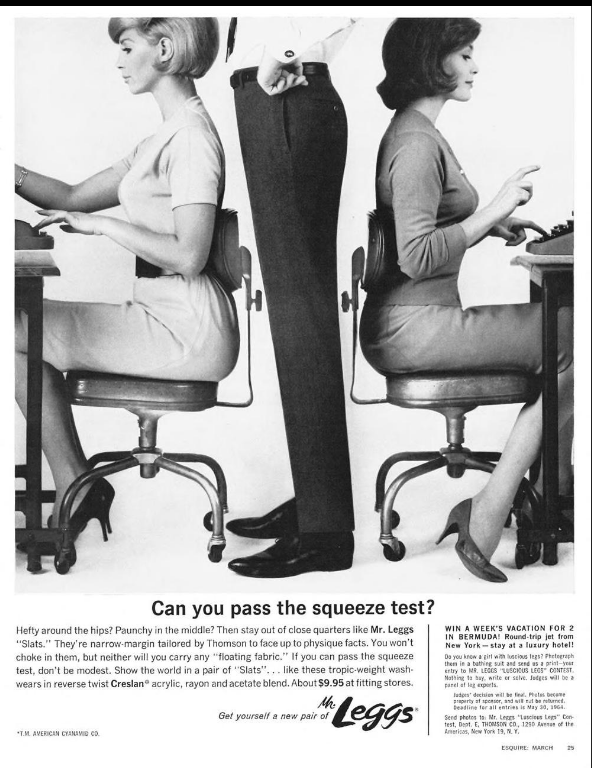
Source.
Posted By: Paul - Thu Oct 10, 2019 -
Comments (0)
Category: Body, Business, Advertising, Fashion, 1960s, Men
Nyow! Nyot Nyow!
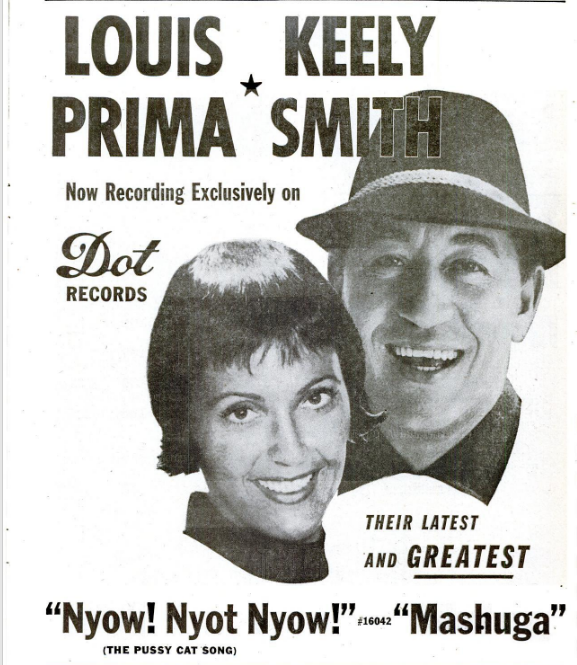
Posted By: Paul - Mon Oct 07, 2019 -
Comments (3)
Category: Anthropomorphism, Fey, Twee, Whimsical, Naive and Sadsack, Music, Cats, 1960s, Cacophony, Dissonance, White Noise and Other Sonic Assaults
Nude on the Moon
Posted By: Paul - Sat Oct 05, 2019 -
Comments (0)
Category: Movies, Exploitation and Grindhouse, Spaceflight, Astronautics, and Astronomy, Avant Garde, Public Indecency, 1960s
Think of her as your mother
American Airlines ran this ad in magazines in 1968.
The ad became notorious enough to eventually attract the attention of academics. The following analysis comes from “‘Think of her as your mother’: Airline advertising and the stewardess in America, 1930-1980,” by Peter Lyth in The Journal of Transport History (Oct 2012):
It also inspired some copycats, such as this 1971 ad from Southwestern Bell:

However, not all American Airlines stewardesses appreciated the ad:
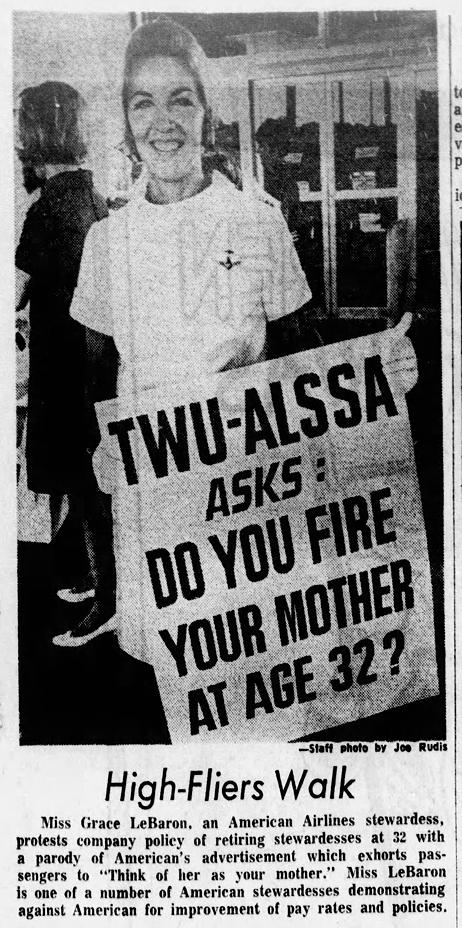
The Nashville Tennessean - Jun 29, 1968
Posted By: Alex - Thu Oct 03, 2019 -
Comments (4)
Category: Advertising, Parents, Air Travel and Airlines, 1960s
Twiggy Board Game
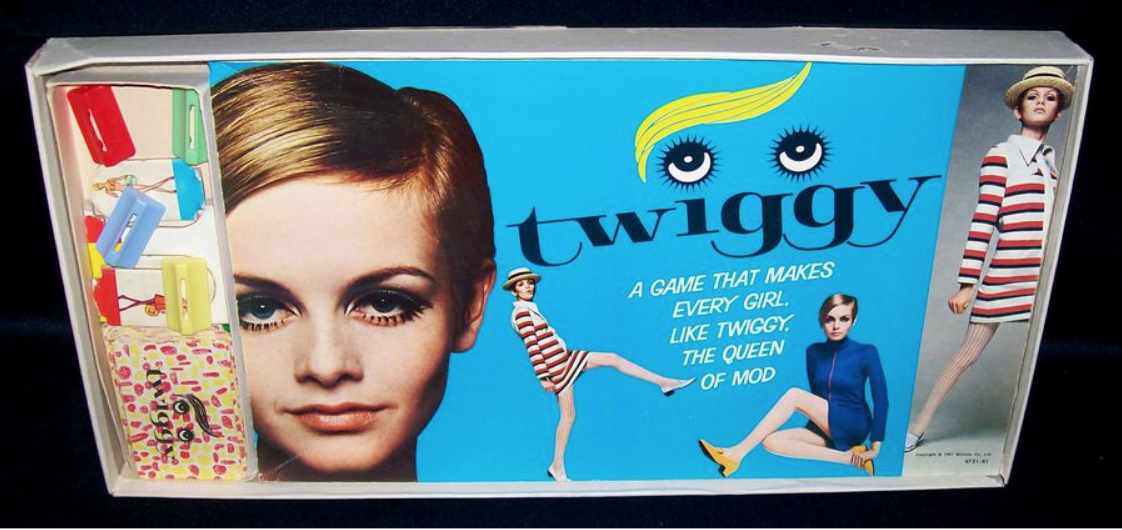
Details here.
Posted By: Paul - Wed Oct 02, 2019 -
Comments (0)
Category: Celebrities, Fashion, Games, 1960s
Follies of the Madmen #446
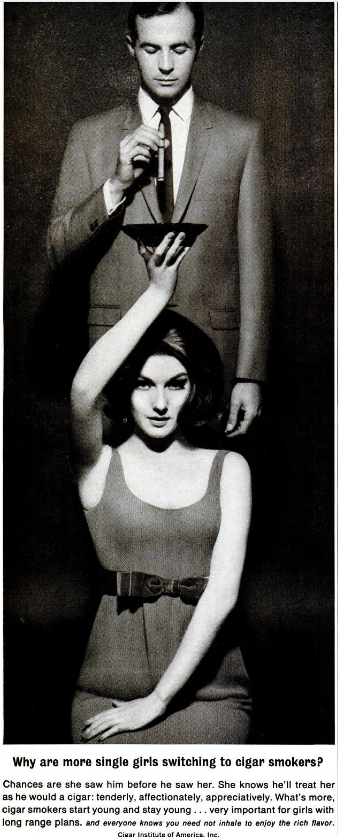
Source.
Posted By: Paul - Mon Sep 30, 2019 -
Comments (1)
Category: Business, Advertising, Stereotypes and Cliches, Tobacco and Smoking, 1960s, Men, Women
Mammary Seasonings
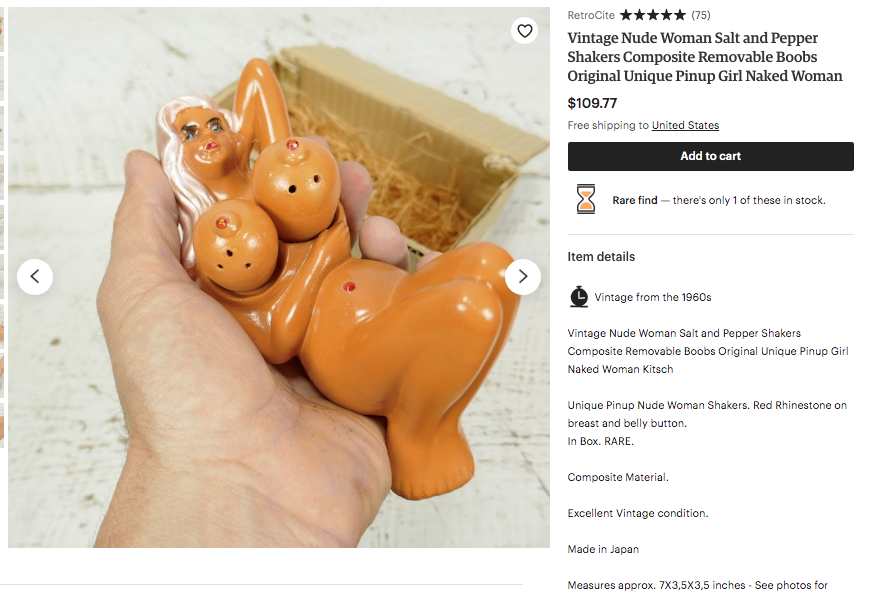
Still for sale, as of this posting.
Posted By: Paul - Tue Sep 24, 2019 -
Comments (3)
Category: Body, Excess, Overkill, Hyperbole and Too Much Is Not Enough, Food, 1960s
Follies of the Madmen #445
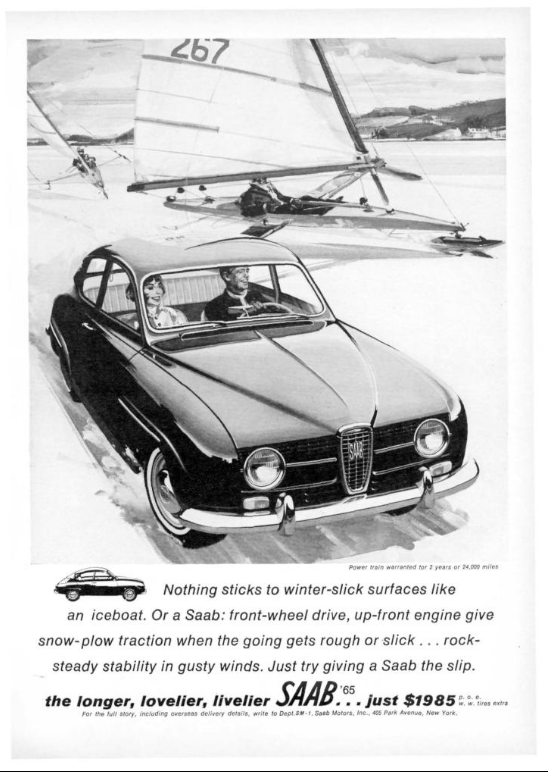
Yes, it's perfectly safe to drive your one-ton car on the same surface as the 150-lb iceboat.
Source.
Posted By: Paul - Sun Sep 22, 2019 -
Comments (6)
Category: Business, Advertising, Daredevils, Stuntpeople and Thrillseekers, Death, Sports, 1960s, Cars
Project Rulison
Sep. 10 was the 50th anniversary of Project Rulison, which was an underground nuclear test conducted in Rulison, Colorado. Its purpose was to determine if a nuclear bomb, detonated underground, could be used to release natural gas.The answer was, not really, because the bomb will radiate the gas, making it unusable.
But what gave the test extra weirdness was that a handful of protesters tried to stop it by placing themselves on top of it. As an article on CBS Denver notes:
The protesters survived, but I'm assuming they must be the only people to have ever been directly on top of a nuclear explosion who lived to tell about it.
An article on vice.com offers a few details about what it felt like to be in the blast zone:
Posted By: Alex - Thu Sep 19, 2019 -
Comments (4)
Category: Atomic Power and Other Nuclear Matters, 1960s
Follies of the Madmen #444
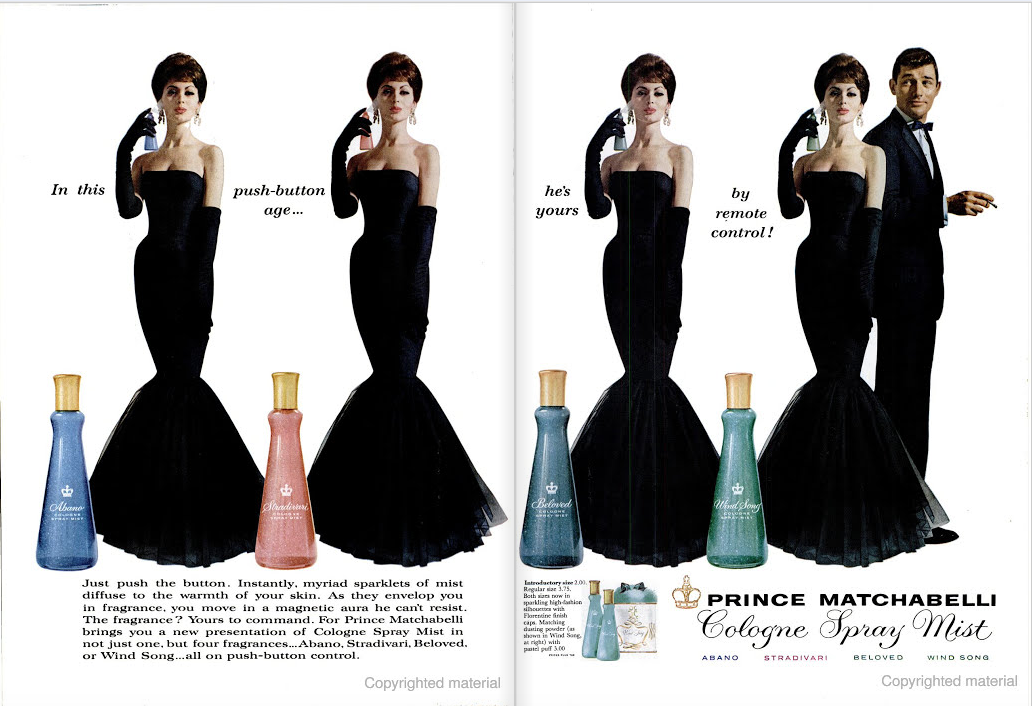
Source.
Posted By: Paul - Wed Sep 18, 2019 -
Comments (2)
Category: Business, Advertising, Sex Symbols, 1960s, Perfume and Cologne and Other Scents

| Who We Are |
|---|
| Alex Boese Alex is the creator and curator of the Museum of Hoaxes. He's also the author of various weird, non-fiction, science-themed books such as Elephants on Acid and Psychedelic Apes. Paul Di Filippo Paul has been paid to put weird ideas into fictional form for over thirty years, in his career as a noted science fiction writer. He has recently begun blogging on many curious topics with three fellow writers at The Inferior 4+1. Contact Us |




